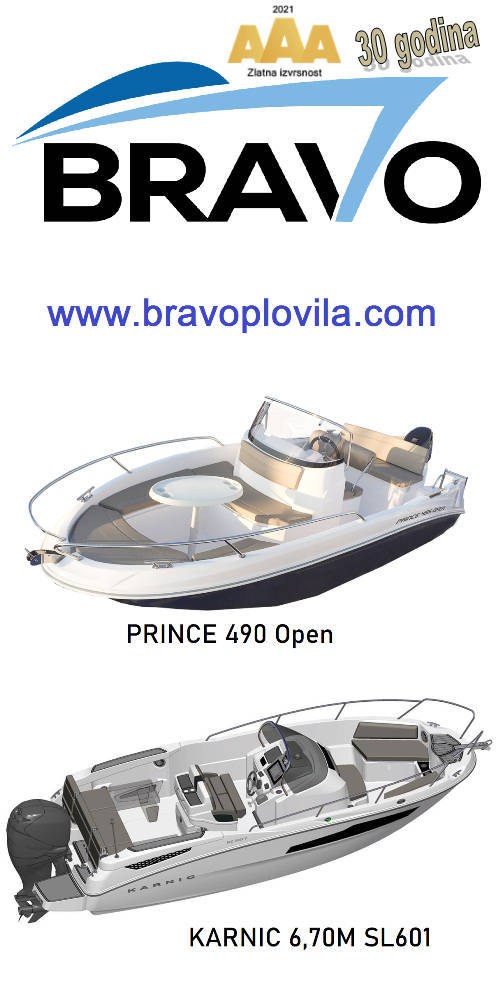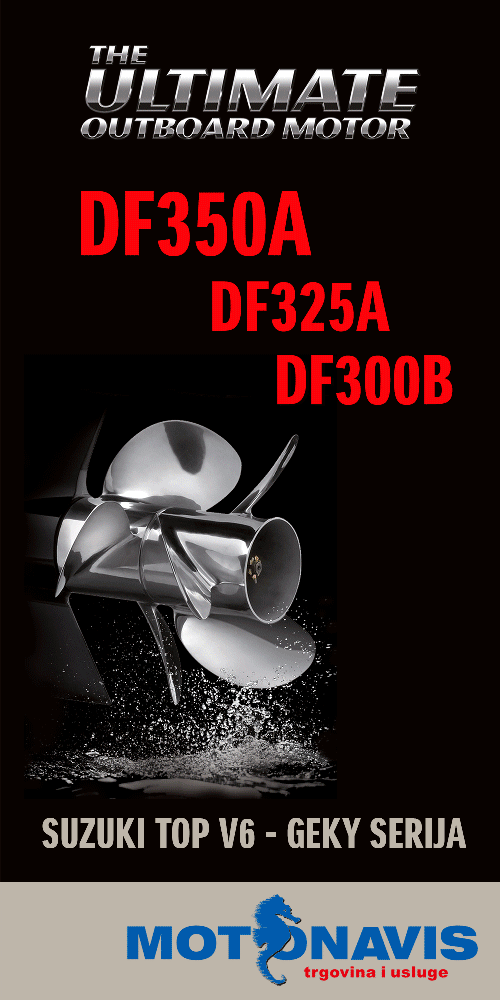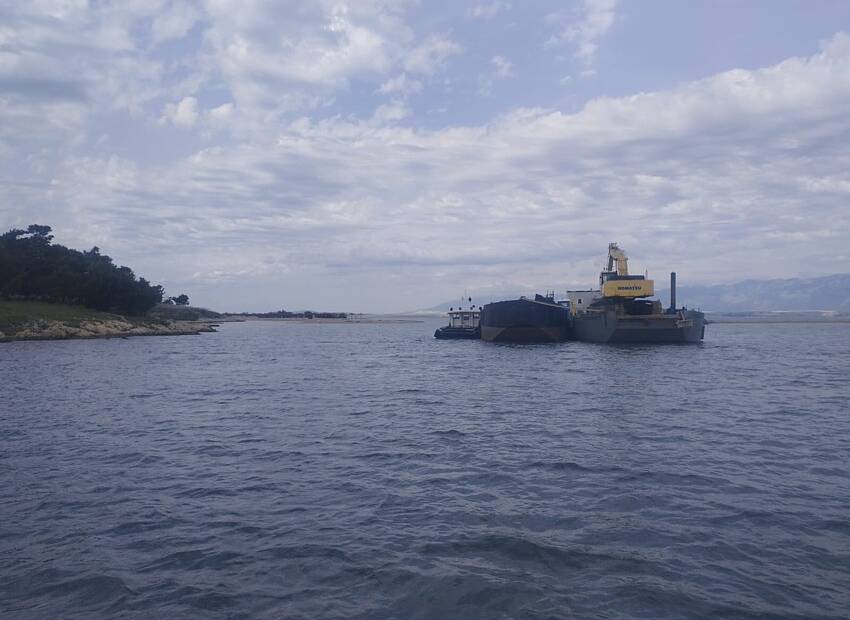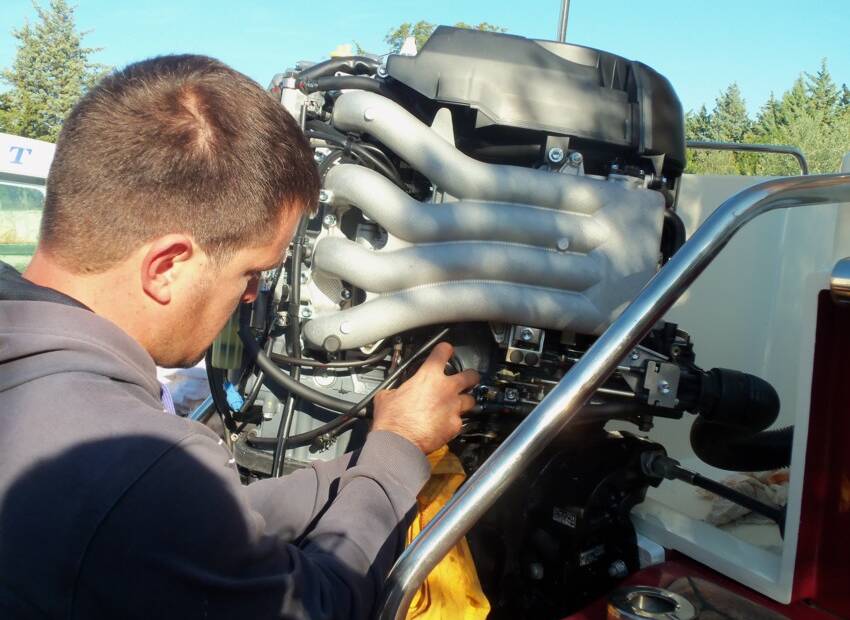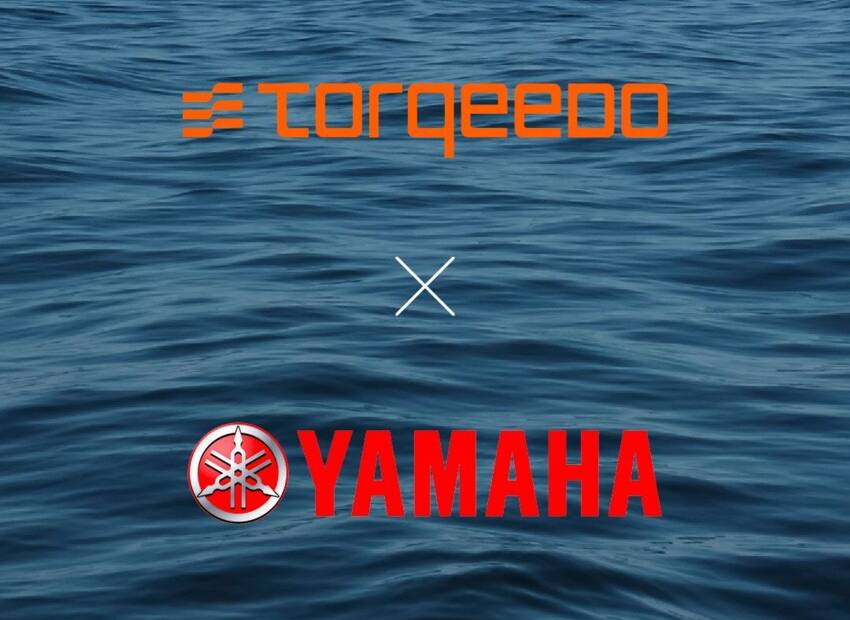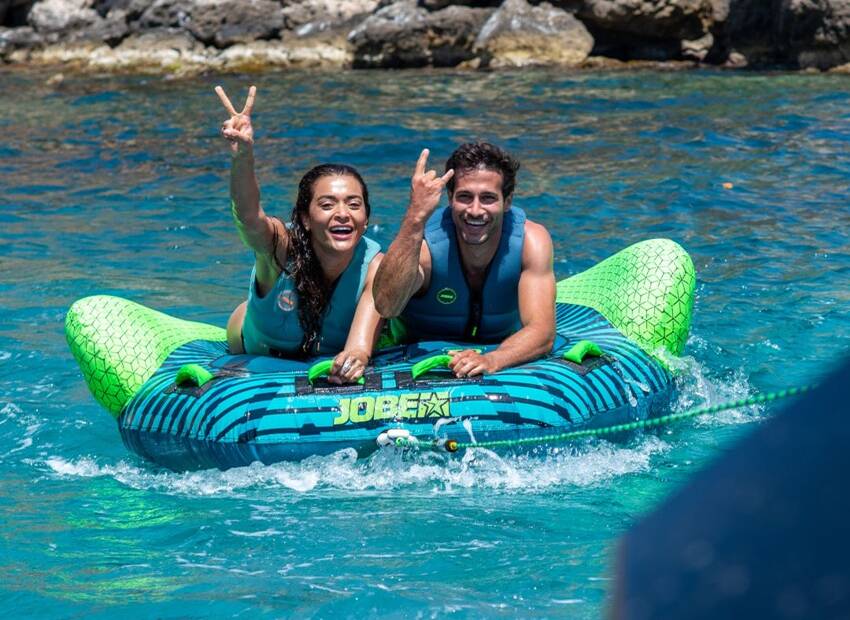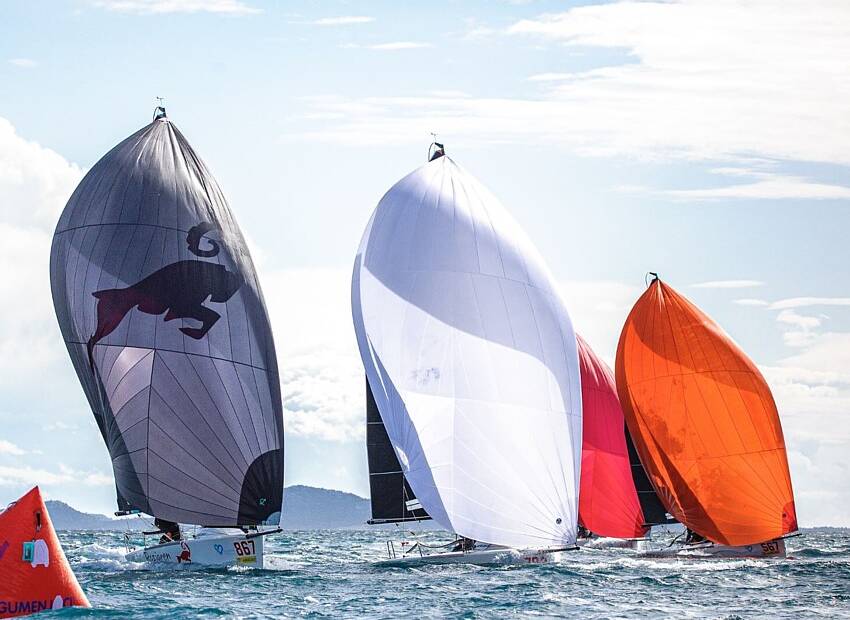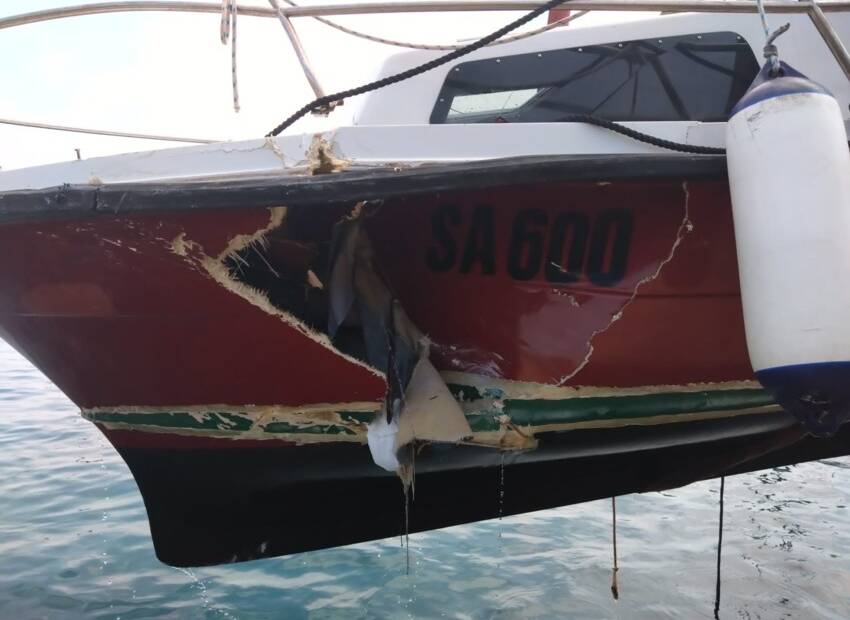Water, ice cold. Knee-high now and still coming in.
Batteries dead. A black night on a starless seascape.
Your last hope for rescue lies in your cold, raw hands.
You rip off the canister cover--reach deep inside...
and pull out the slender, cylinder-shaped projectile...
Are you sure you know how to use a flare gun, flare launcher, flare smoke, or flare parachute? Could your sailing crew, partner, or spouse do this if you were incapacitated? Make sure you are familiar with all of these vital tools and how to use them--before an emergency happens. You won't have time then!
Blinding rain or squall, howling wind, heavy seas, smoke filled compartments. If you've been in a situation like this, you know these are not ideal conditions. But when an emergency at sea strikes, you will often be faced with the tough stuff.
Tragedy Caused by Lax Safety Standards
At 2:20 am, Monday, April 15th, 1912, the Titanic slid beneath the waves of the Atlantic, leaving her passengers and crew fighting for their lives in 31°F (-1°C) water. Most died from drowning--not hypothermia. Survival time in water that cold averages between 15 to 20 minutes.
If the right safety equipment had been aboard, none of this would have happened. Matter of fact, those passengers and crew had over two hours to make preparations and abandon the ship.
But, they were unable to do so because of the lax standards in the shipping industry at that time. But it was to be nevermore. Out of great tragedy often comes a great awakening. An international committee was formed to study the tragedy and come up with new safety standards.
Safety equipment was beefed up and no ship sailed without enough lifeboats for her passengers and crew. This committee went by the name of Safety Of Life At Sea--or SOLAS.
Why Choose SOLAS Marine Flares?
Today, SOLAS equipment is recognized throughout the maritime world as the finest, most reliable that money can buy.
No racing sailboat can sail offshore without SOLAS equipment aboard. From flares to launchers to liferafts to liferaft equipment.
If you want the best of the best, insist on SOLAS certified equipment. They may cost more, but they're 30 to 50 times brighter, can shoot up to 1000 feet in the air, and can be seen for up to 41 miles.
All flares come with illustrated instructions on the flare body. SOLAS flares have crystal clear illustrations that are easier to see in tough conditions of smoke, rain, fog, or at nighttime.
Five Safety Steps to Fire Marine Flares
Hold mock drills to practice the basic steps below. You cannot fire flares without permission from both the US Coast Guard and local authorities ( check regulations in your area if outside of the US). But, you can train your crew before you cast off for cruising. That way, your crew will know what to do in case you become incapacitated! Follow these five simple steps:
1. Face Downwind
Move to the edge of the boat. Put your back to the wind. Brace yourself as the vessel pitches and rolls. Double check that you face dead downwind.
2. Follow the Instructions
Before you fire or launch a flare, read the instructions and look over the illustrations. Understand how to open the marine flare. Never, ever assume that you just take off a cap and ignite it. With some flares, you must remove one cap; others require that you remove both caps.
If you use a flare gun, flare pistol, or flare launcher, learn how to load it before an emergency strikes. Some flare gun shells load from the inside of the barrel and others from the outside. Read the manufacturer's instructions first.
3. Wear Eye Protection
You must protect your eyes at all costs. If the wind changes direction, hot flare slag could blow back toward you. Common eye or sunglasses offer some protection. Heat resistant goggles are better.
4. Aim with Care
Keep a pair of heat-resistant gloves handy, because SOLAS flares can get quite warm. Hold a handheld or parachute flare in your non-dominant hand. Hold a flare gun in your dominant hand.
Make a straight arm and hold your arm up at about a 45 to 60 degree angle. With handheld marine flares, cock your wrist to slant it away from you. These flares drip melted element--called slag--as they burn. You want hot slag going into the water--not onto your forearm, wrist or hand!
5. Look Away Before You Fire
Shift your eyes so that you look to one side away from the flare, flare gun, or parachute when you ignite it. This gives extra protection for your eyes. Drop the expended flare body or shell casing into the water or into a bucket filled with water.
WARNING!:
Misfires happen, so expect them to occur from time to time. With flares, a misfire happens when the flare fails to ignite or fire.
If the handheld flare, flare parachute, or flare gun shell fails to ignite (or launch in the case of shells or parachutes), do not make a second attempt to fire or launch the flare. Drop the flare or shell casing into the water.
~~~~~~~~~~~~~~~~~~~~
None of us ever hopes to have to use our marine flares. Prepare yourself and your crew now with these five safety steps so that you will be ready if the unexpected comes your way--wherever in the world you choose to sail!
Get instant access to 400+ sailing articles, videos, live discussion forums, and free ebooks! Click here to find out more!
Captain John





